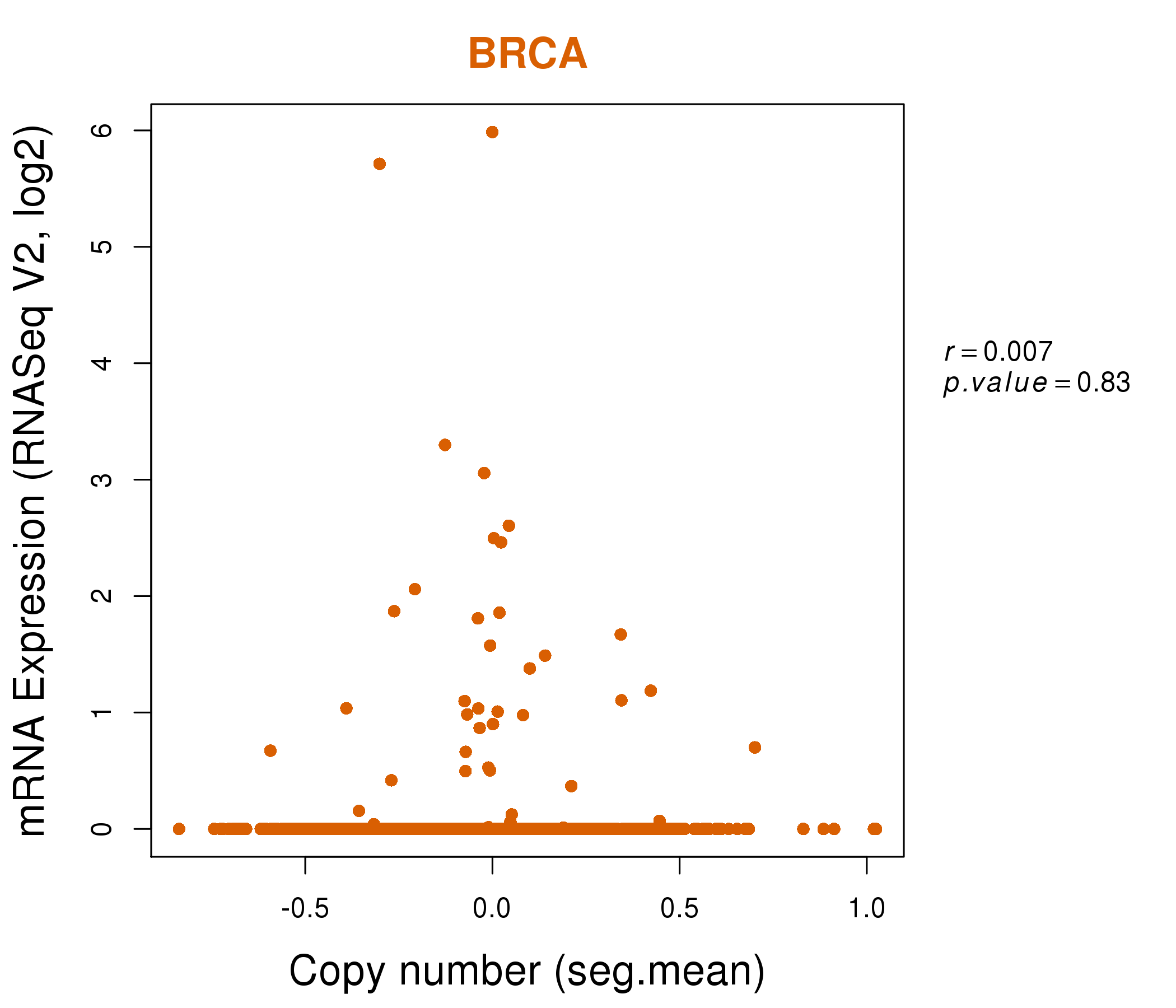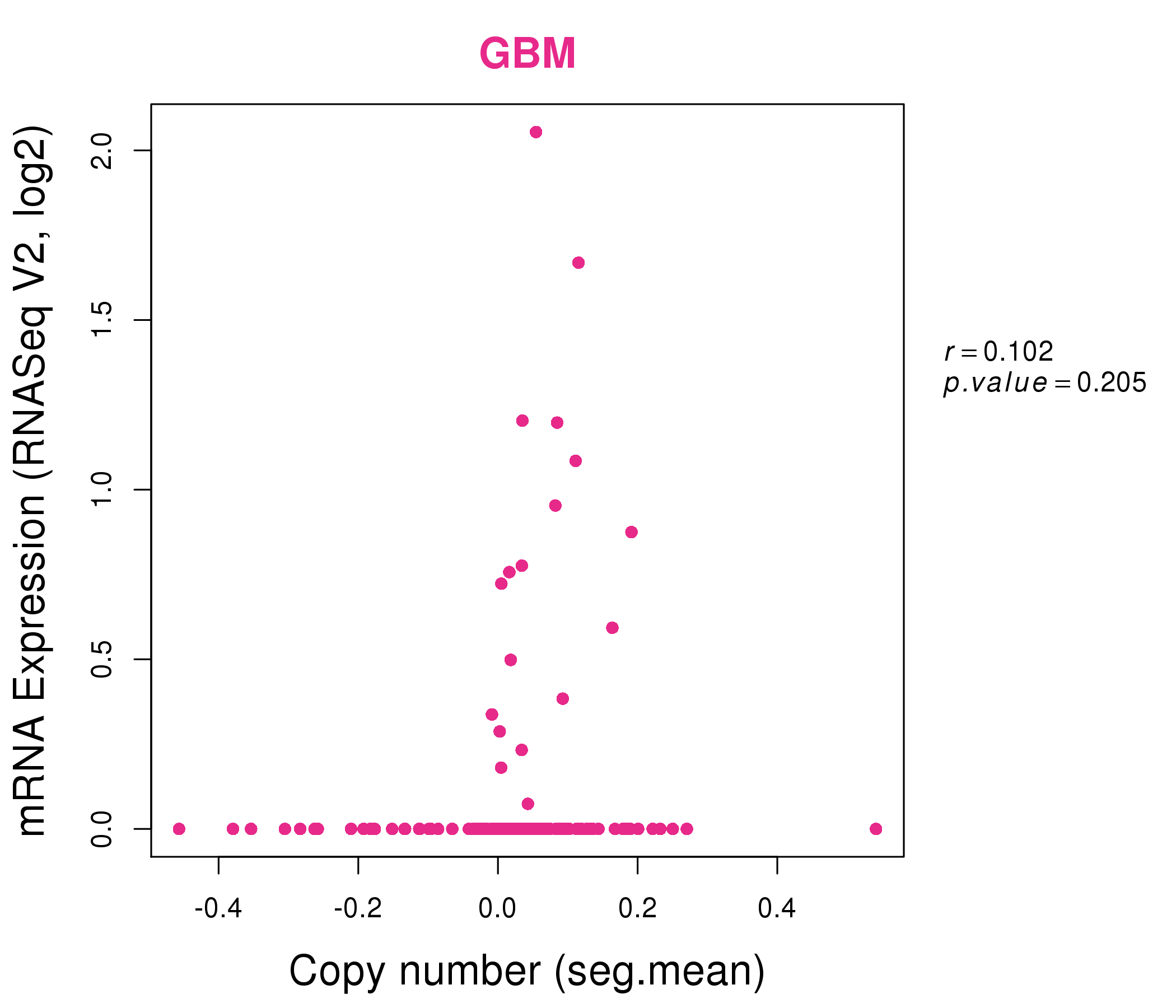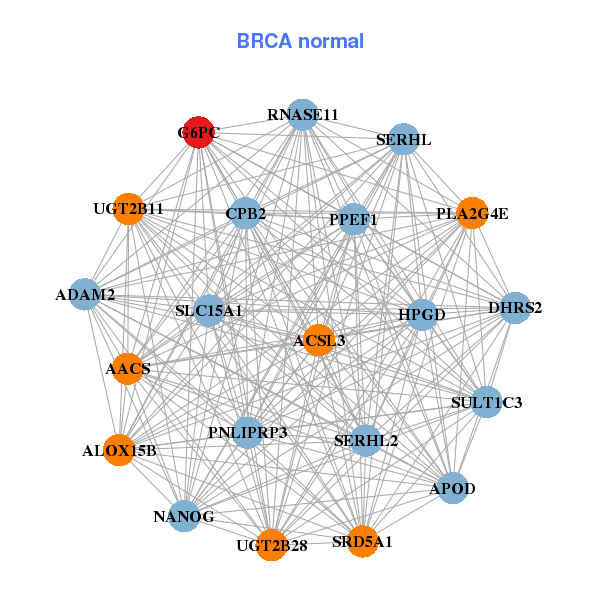|
|||||||||||||||||||||||||||||||||||||||||||||||||||||||||||||||||||||||||||||||||||||||||||||||||||||||||||||||||||||||||||||||||||||||||||||||||||||||||||||||||||||||||||||||||||||||||||||||||||||||||||||||||||||||||||||||||||||||||||||||||||||||||||||||||||||||||||||||||||||||||||||||||||||||||||||||||||||||||||||||||||||||||||||
| |
| Phenotypic Information (metabolism pathway, cancer, disease, phenome) |
| |
| |
| Gene-Gene Network Information: Co-Expression Network, Interacting Genes & KEGG |
| |
|
| Gene Summary for G6PC |
| Basic gene info. | Gene symbol | G6PC |
| Gene name | glucose-6-phosphatase, catalytic subunit | |
| Synonyms | G6PC1|G6PT|GSD1|GSD1a | |
| Cytomap | UCSC genome browser: 17q21 | |
| Genomic location | chr17 :41052814-41065386 | |
| Type of gene | protein-coding | |
| RefGenes | NM_000151.3, NM_001270397.1, | |
| Ensembl id | ENSG00000131482 | |
| Description | G-6-PaseG6PaseG6Pase-alphaglucose-6-phosphataseglucose-6-phosphatase alpha | |
| Modification date | 20141219 | |
| dbXrefs | MIM : 613742 | |
| HGNC : HGNC | ||
| HPRD : 01983 | ||
| Protein | UniProt: go to UniProt's Cross Reference DB Table | |
| Expression | CleanEX: HS_G6PC | |
| BioGPS: 2538 | ||
| Gene Expression Atlas: ENSG00000131482 | ||
| The Human Protein Atlas: ENSG00000131482 | ||
| Pathway | NCI Pathway Interaction Database: G6PC | |
| KEGG: G6PC | ||
| REACTOME: G6PC | ||
| ConsensusPathDB | ||
| Pathway Commons: G6PC | ||
| Metabolism | MetaCyc: G6PC | |
| HUMANCyc: G6PC | ||
| Regulation | Ensembl's Regulation: ENSG00000131482 | |
| miRBase: chr17 :41,052,814-41,065,386 | ||
| TargetScan: NM_000151 | ||
| cisRED: ENSG00000131482 | ||
| Context | iHOP: G6PC | |
| cancer metabolism search in PubMed: G6PC | ||
| UCL Cancer Institute: G6PC | ||
| Assigned class in ccmGDB | C | |
| Top |
| Phenotypic Information for G6PC(metabolism pathway, cancer, disease, phenome) |
| Cancer | CGAP: G6PC |
| Familial Cancer Database: G6PC | |
| * This gene is included in those cancer gene databases. |
|
|
|
|
|
|
| |||||||||||||||||||||||||||||||||||||||||||||||||||||||||||||||||||||||||||||||||||||||||||||||||||||||||||||||||||||||||||||||||||||||||||||||||||||||||||||||||||||||||||||||||||||||||||||||||||||||||||||||||||||||||||||||||||||||||||||||||||||||||||||||||||||||||||||||||||||||||||||||||||||||||||||||||||||||||||||||||||||||
Oncogene 1 | Significant driver gene in | ||||||||||||||||||||||||||||||||||||||||||||||||||||||||||||||||||||||||||||||||||||||||||||||||||||||||||||||||||||||||||||||||||||||||||||||||||||||||||||||||||||||||||||||||||||||||||||||||||||||||||||||||||||||||||||||||||||||||||||||||||||||||||||||||||||||||||||||||||||||||||||||||||||||||||||||||||||||||||||||||||||||||||||
| cf) number; DB name 1 Oncogene; http://nar.oxfordjournals.org/content/35/suppl_1/D721.long, 2 Tumor Suppressor gene; https://bioinfo.uth.edu/TSGene/, 3 Cancer Gene Census; http://www.nature.com/nrc/journal/v4/n3/abs/nrc1299.html, 4 CancerGenes; http://nar.oxfordjournals.org/content/35/suppl_1/D721.long, 5 Network of Cancer Gene; http://ncg.kcl.ac.uk/index.php, 1Therapeutic Vulnerabilities in Cancer; http://cbio.mskcc.org/cancergenomics/statius/ |
| KEGG_GLYCOLYSIS_GLUCONEOGENESIS KEGG_GALACTOSE_METABOLISM KEGG_STARCH_AND_SUCROSE_METABOLISM REACTOME_METABOLISM_OF_CARBOHYDRATES | |
| OMIM | |
| Orphanet | |
| Disease | KEGG Disease: G6PC |
| MedGen: G6PC (Human Medical Genetics with Condition) | |
| ClinVar: G6PC | |
| Phenotype | MGI: G6PC (International Mouse Phenotyping Consortium) |
| PhenomicDB: G6PC | |
| Mutations for G6PC |
| * Under tables are showing count per each tissue to give us broad intuition about tissue specific mutation patterns.You can go to the detailed page for each mutation database's web site. |
| - Statistics for Tissue and Mutation type | Top |
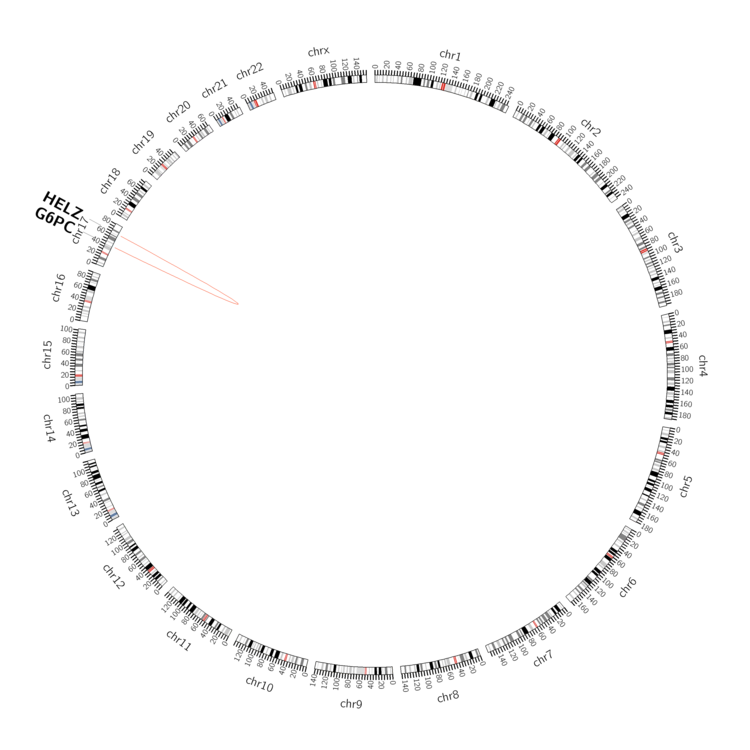 |
| - For Inter-chromosomal Variations |
| There's no inter-chromosomal structural variation. |
| - For Intra-chromosomal Variations |
| * Intra-chromosomal variantions includes 'intrachromosomal amplicon to amplicon', 'intrachromosomal amplicon to non-amplified dna', 'intrachromosomal deletion', 'intrachromosomal fold-back inversion', 'intrachromosomal inversion', 'intrachromosomal tandem duplication', 'Intrachromosomal unknown type', 'intrachromosomal with inverted orientation', 'intrachromosomal with non-inverted orientation'. |
 |
| Sample | Symbol_a | Chr_a | Start_a | End_a | Symbol_b | Chr_b | Start_b | End_b |
| pancreas | G6PC | chr17 | 41064956 | 41064976 | HELZ | chr17 | 65211803 | 65211823 |
| cf) Tissue number; Tissue name (1;Breast, 2;Central_nervous_system, 3;Haematopoietic_and_lymphoid_tissue, 4;Large_intestine, 5;Liver, 6;Lung, 7;Ovary, 8;Pancreas, 9;Prostate, 10;Skin, 11;Soft_tissue, 12;Upper_aerodigestive_tract) |
| * From mRNA Sanger sequences, Chitars2.0 arranged chimeric transcripts. This table shows G6PC related fusion information. |
| ID | Head Gene | Tail Gene | Accession | Gene_a | qStart_a | qEnd_a | Chromosome_a | tStart_a | tEnd_a | Gene_a | qStart_a | qEnd_a | Chromosome_a | tStart_a | tEnd_a |
| BC020700 | G6PC | 1 | 751 | 17 | 41052819 | 41063045 | TXNL4B | 749 | 1057 | 16 | 72094645 | 72094953 | |
| Top |
| Mutation type/ Tissue ID | brca | cns | cerv | endome | haematopo | kidn | Lintest | liver | lung | ns | ovary | pancre | prost | skin | stoma | thyro | urina | |||
| Total # sample | 1 | |||||||||||||||||||
| GAIN (# sample) | 1 | |||||||||||||||||||
| LOSS (# sample) |
| cf) Tissue ID; Tissue type (1; Breast, 2; Central_nervous_system, 3; Cervix, 4; Endometrium, 5; Haematopoietic_and_lymphoid_tissue, 6; Kidney, 7; Large_intestine, 8; Liver, 9; Lung, 10; NS, 11; Ovary, 12; Pancreas, 13; Prostate, 14; Skin, 15; Stomach, 16; Thyroid, 17; Urinary_tract) |
| Top |
|
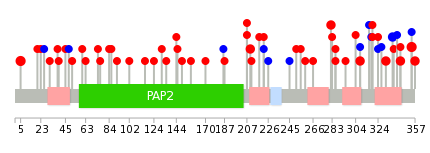 |
| Top |
| Stat. for Non-Synonymous SNVs (# total SNVs=51) | (# total SNVs=6) |
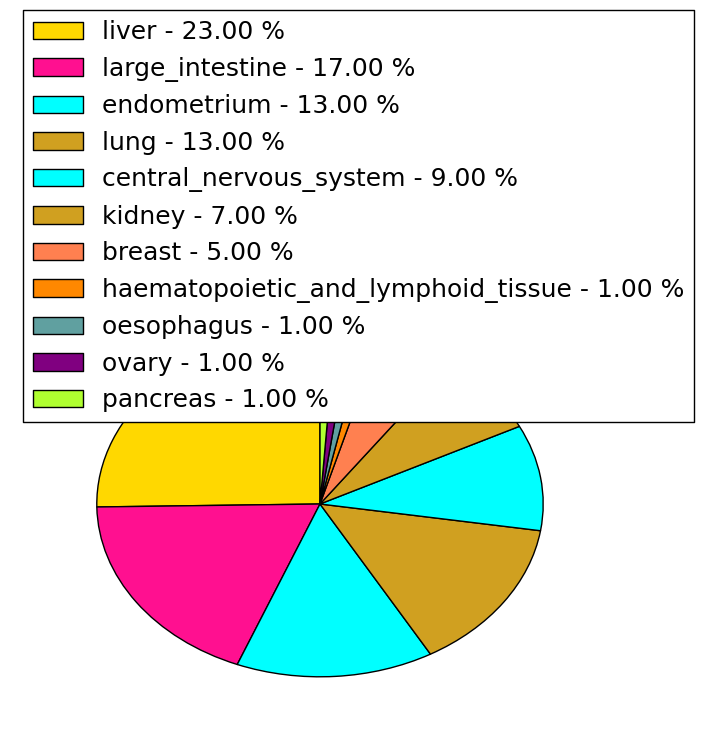 | 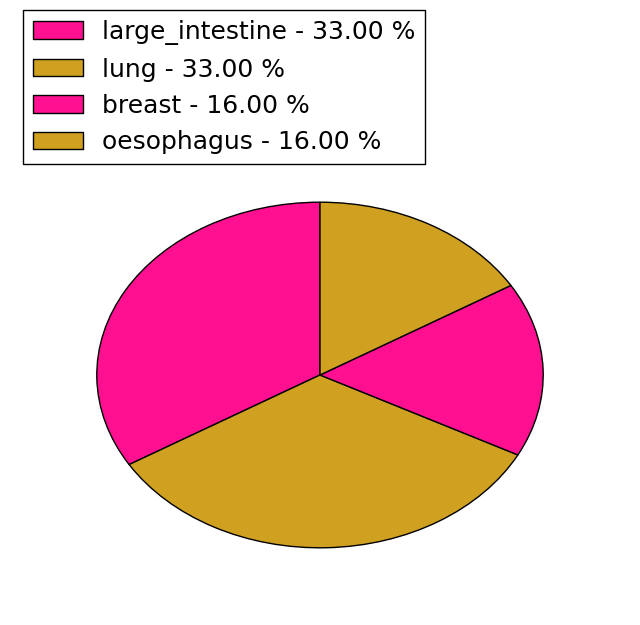 |
(# total SNVs=0) | (# total SNVs=1) |
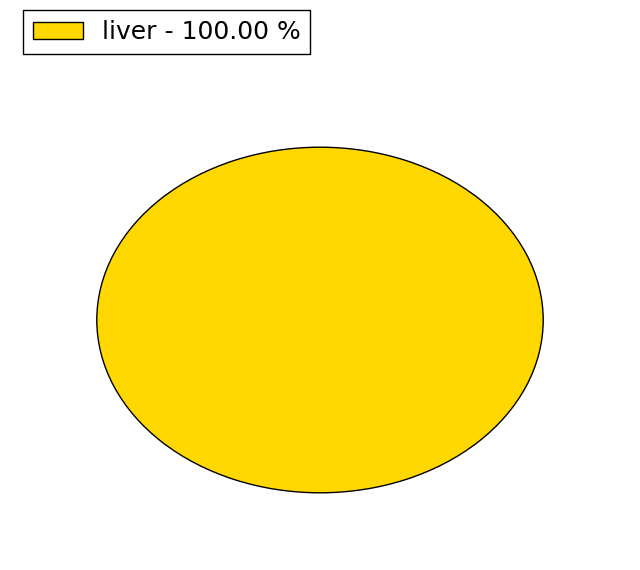 |
| Top |
| * When you move the cursor on each content, you can see more deailed mutation information on the Tooltip. Those are primary_site,primary_histology,mutation(aa),pubmedID. |
| GRCh37 position | Mutation(aa) | Unique sampleID count |
| chr17:41063431-41063431 | p.K354K | 4 |
| chr17:41052906-41052906 | p.M5V | 3 |
| chr17:41063400-41063400 | p.C344F | 3 |
| chr17:41062997-41062997 | p.F210V | 2 |
| chr17:41063440-41063440 | p.L357F | 2 |
| chr17:41063213-41063213 | p.E282K | 2 |
| chr17:41063361-41063361 | p.A331V | 2 |
| chr17:41063380-41063380 | p.S337S | 2 |
| chr17:41063291-41063291 | p.V308I | 2 |
| chr17:41052951-41052951 | p.Q20* | 2 |
| Top |
|
 |
| Point Mutation/ Tissue ID | 1 | 2 | 3 | 4 | 5 | 6 | 7 | 8 | 9 | 10 | 11 | 12 | 13 | 14 | 15 | 16 | 17 | 18 | 19 | 20 |
| # sample | 1 | 2 | 6 | 1 | 1 | 1 | 1 | 1 | 3 | 4 | 1 | 1 | 10 | 2 | 6 | |||||
| # mutation | 1 | 2 | 6 | 1 | 1 | 1 | 1 | 1 | 4 | 4 | 1 | 1 | 10 | 2 | 7 | |||||
| nonsynonymous SNV | 1 | 5 | 1 | 1 | 1 | 1 | 1 | 3 | 3 | 1 | 7 | 7 | ||||||||
| synonymous SNV | 1 | 1 | 1 | 1 | 1 | 1 | 3 | 2 |
| cf) Tissue ID; Tissue type (1; BLCA[Bladder Urothelial Carcinoma], 2; BRCA[Breast invasive carcinoma], 3; CESC[Cervical squamous cell carcinoma and endocervical adenocarcinoma], 4; COAD[Colon adenocarcinoma], 5; GBM[Glioblastoma multiforme], 6; Glioma Low Grade, 7; HNSC[Head and Neck squamous cell carcinoma], 8; KICH[Kidney Chromophobe], 9; KIRC[Kidney renal clear cell carcinoma], 10; KIRP[Kidney renal papillary cell carcinoma], 11; LAML[Acute Myeloid Leukemia], 12; LUAD[Lung adenocarcinoma], 13; LUSC[Lung squamous cell carcinoma], 14; OV[Ovarian serous cystadenocarcinoma ], 15; PAAD[Pancreatic adenocarcinoma], 16; PRAD[Prostate adenocarcinoma], 17; SKCM[Skin Cutaneous Melanoma], 18:STAD[Stomach adenocarcinoma], 19:THCA[Thyroid carcinoma], 20:UCEC[Uterine Corpus Endometrial Carcinoma]) |
| Top |
| * We represented just top 10 SNVs. When you move the cursor on each content, you can see more deailed mutation information on the Tooltip. Those are primary_site, primary_histology, mutation(aa), pubmedID. |
| Genomic Position | Mutation(aa) | Unique sampleID count |
| chr17:41063431 | p.K354N | 3 |
| chr17:41063361 | p.A331V | 2 |
| chr17:41061344 | p.L157F,G6PC | 2 |
| chr17:41052971 | p.D38N,G6PC | 1 |
| chr17:41063279 | p.S187P,G6PC | 1 |
| chr17:41059590 | p.V324V | 1 |
| chr17:41063033 | p.L39F,G6PC | 1 |
| chr17:41052986 | p.K207N | 1 |
| chr17:41063293 | p.F327F | 1 |
| chr17:41059602 | p.V45I,G6PC | 1 |
| * Copy number data were extracted from TCGA using R package TCGA-Assembler. The URLs of all public data files on TCGA DCC data server were gathered on Jan-05-2015. Function ProcessCNAData in TCGA-Assembler package was used to obtain gene-level copy number value which is calculated as the average copy number of the genomic region of a gene. |
 |
| cf) Tissue ID[Tissue type]: BLCA[Bladder Urothelial Carcinoma], BRCA[Breast invasive carcinoma], CESC[Cervical squamous cell carcinoma and endocervical adenocarcinoma], COAD[Colon adenocarcinoma], GBM[Glioblastoma multiforme], Glioma Low Grade, HNSC[Head and Neck squamous cell carcinoma], KICH[Kidney Chromophobe], KIRC[Kidney renal clear cell carcinoma], KIRP[Kidney renal papillary cell carcinoma], LAML[Acute Myeloid Leukemia], LUAD[Lung adenocarcinoma], LUSC[Lung squamous cell carcinoma], OV[Ovarian serous cystadenocarcinoma ], PAAD[Pancreatic adenocarcinoma], PRAD[Prostate adenocarcinoma], SKCM[Skin Cutaneous Melanoma], STAD[Stomach adenocarcinoma], THCA[Thyroid carcinoma], UCEC[Uterine Corpus Endometrial Carcinoma] |
| Top |
| Gene Expression for G6PC |
| * CCLE gene expression data were extracted from CCLE_Expression_Entrez_2012-10-18.res: Gene-centric RMA-normalized mRNA expression data. |
 |
| * Normalized gene expression data of RNASeqV2 was extracted from TCGA using R package TCGA-Assembler. The URLs of all public data files on TCGA DCC data server were gathered at Jan-05-2015. Only eight cancer types have enough normal control samples for differential expression analysis. (t test, adjusted p<0.05 (using Benjamini-Hochberg FDR)) |
 |
| Top |
| * This plots show the correlation between CNV and gene expression. |
: Open all plots for all cancer types
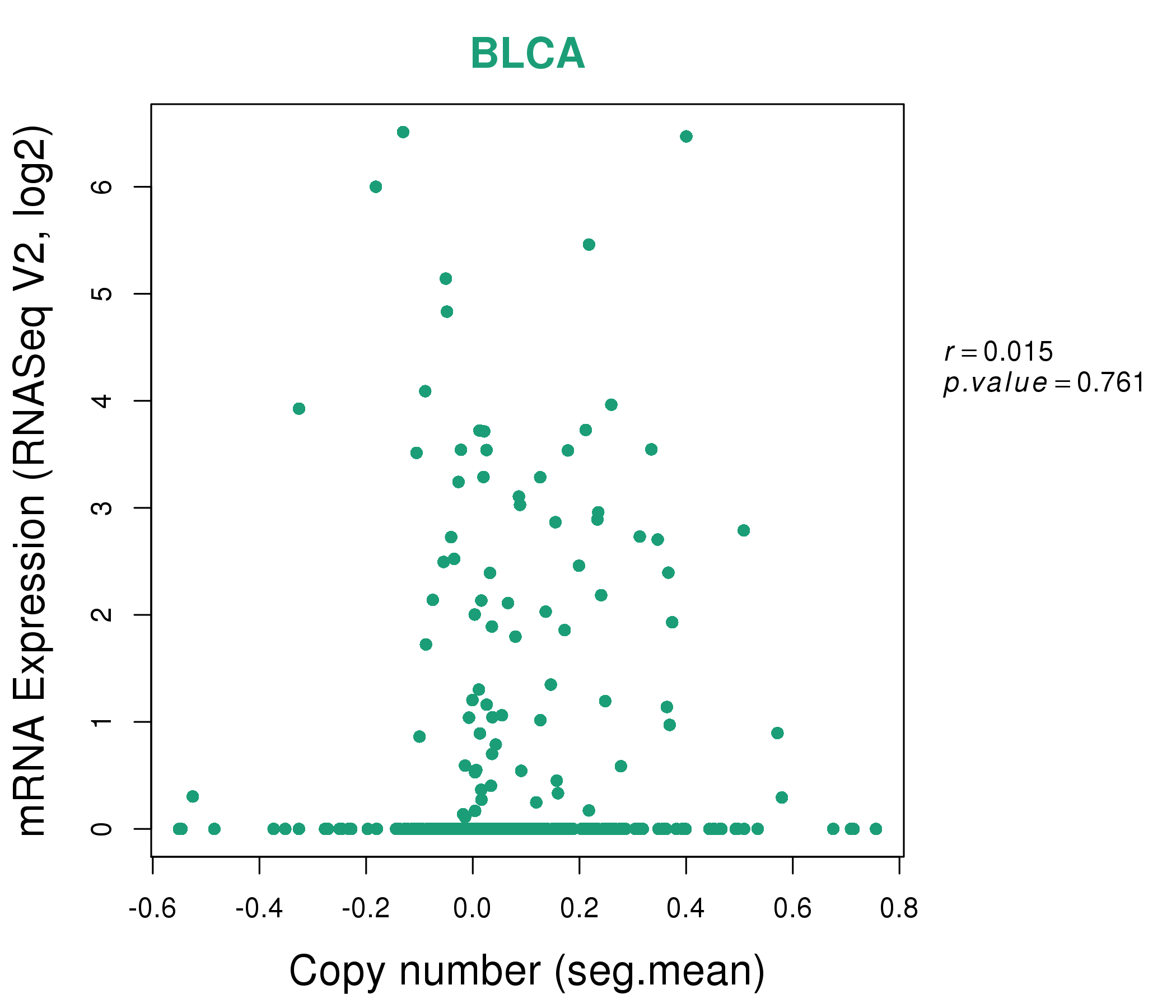 |
|
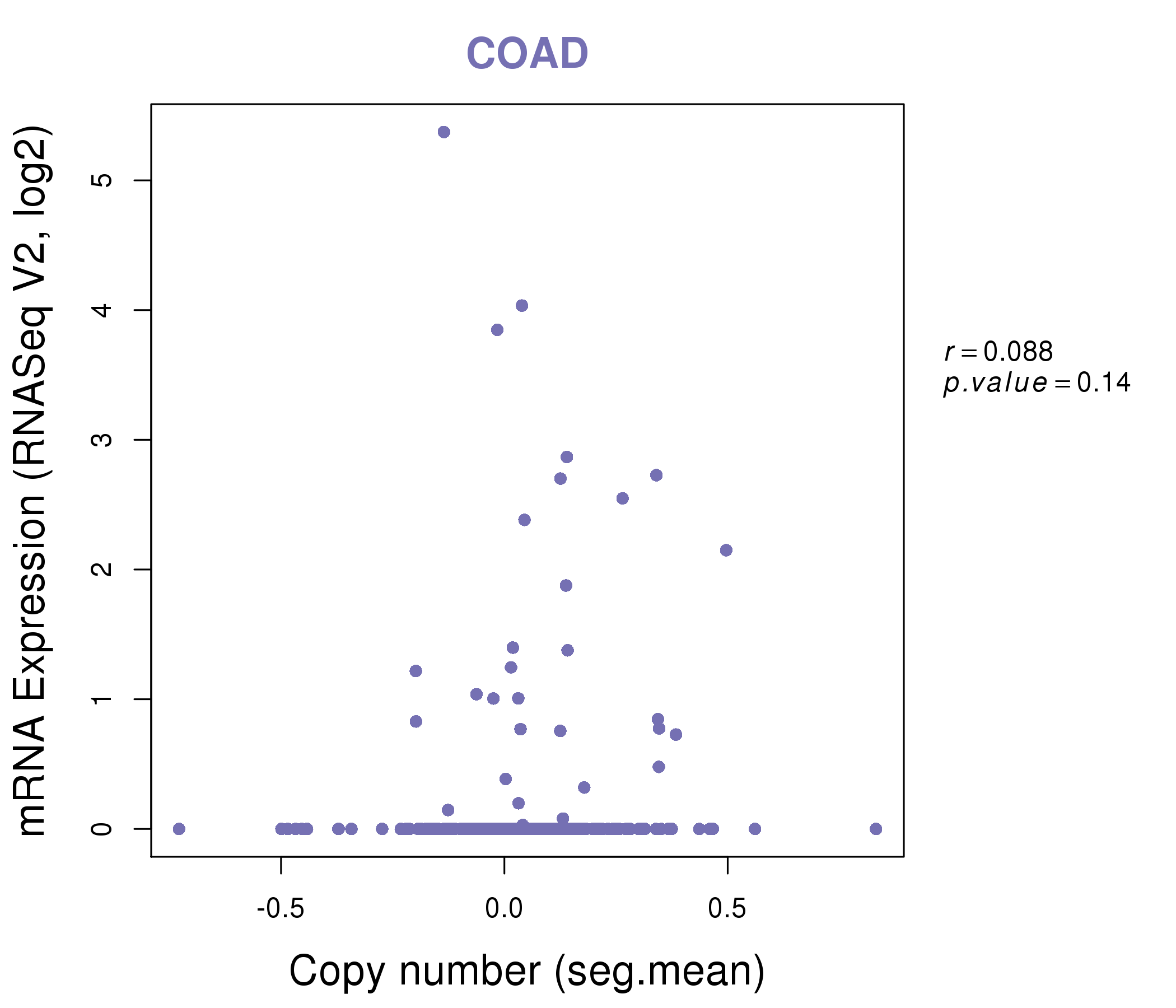 |
|
| Top |
| Gene-Gene Network Information |
| * Co-Expression network figures were drawn using R package igraph. Only the top 20 genes with the highest correlations were shown. Red circle: input gene, orange circle: cell metabolism gene, sky circle: other gene |
: Open all plots for all cancer types
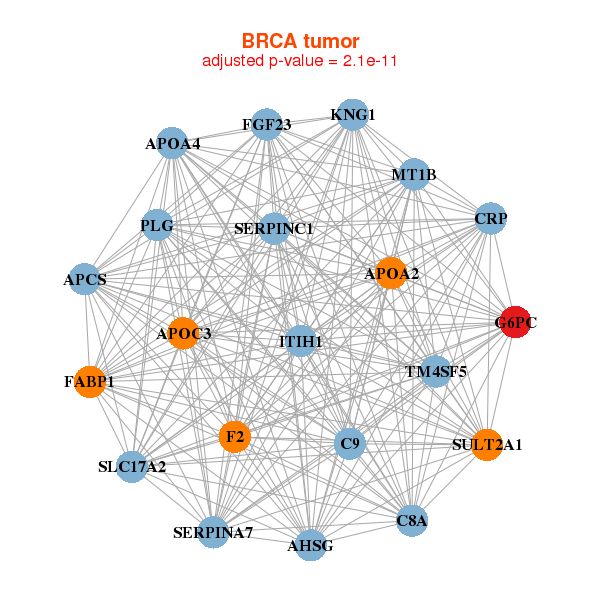 |
| ||||
| AARSD1,ACBD4,C12orf10,CCDC103,COA3,CDKN2AIPNL,CHCHD5, COASY,EIF4EBP3,FAM134C,G6PC3,GAMT,GHDC,HAGH, HEXIM2,MDP1,NDUFA2,SLC25A39,TEX264,TMUB2,VPS25 | ALG3,APOA1BP,ARF1,ATOX1,C1orf122,C6orf226,CAPNS1, CFL1,G6PC3,LHPP,MPDU1,ORMDL2,RHBDD2,RHOC, SEC61B,SERF2,SLC39A3,TAF10,TMEM147,YIF1A,ZDHHC24 | ||||
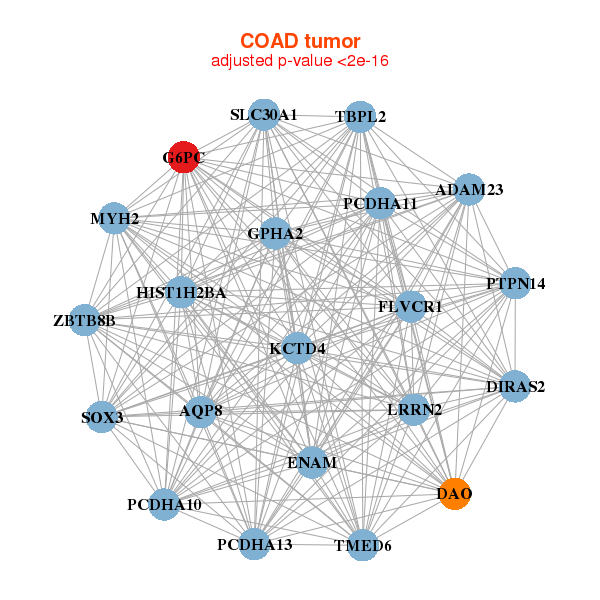 |
| ||||
| AARSD1,ATP5G1,OXLD1,COA3,DCAKD,EFTUD2,ERAL1, G6PC3,GPS1,MRM1,MRPL10,NME1,NME2,PHB, PNPO,POLDIP2,PSME3,SLC25A39,SNF8,TMEM199,VPS25 | ALDH1B1,EBNA1BP2,ECE2,EIF3I,ERAL1,EEF2KMT,G6PC3, GADD45GIP1,GCDH,IFRD2,MMAB,MRPL17,MRPL36,NDUFS8, NOP56,PYCRL,RPF2,TIMM44,TIMM50,TMEM147,TSFM |
| * Co-Expression network figures were drawn using R package igraph. Only the top 20 genes with the highest correlations were shown. Red circle: input gene, orange circle: cell metabolism gene, sky circle: other gene |
: Open all plots for all cancer types
| Top |
: Open all interacting genes' information including KEGG pathway for all interacting genes from DAVID
| Top |
| Pharmacological Information for G6PC |
| DB Category | DB Name | DB's ID and Url link |
| * Gene Centered Interaction Network. |
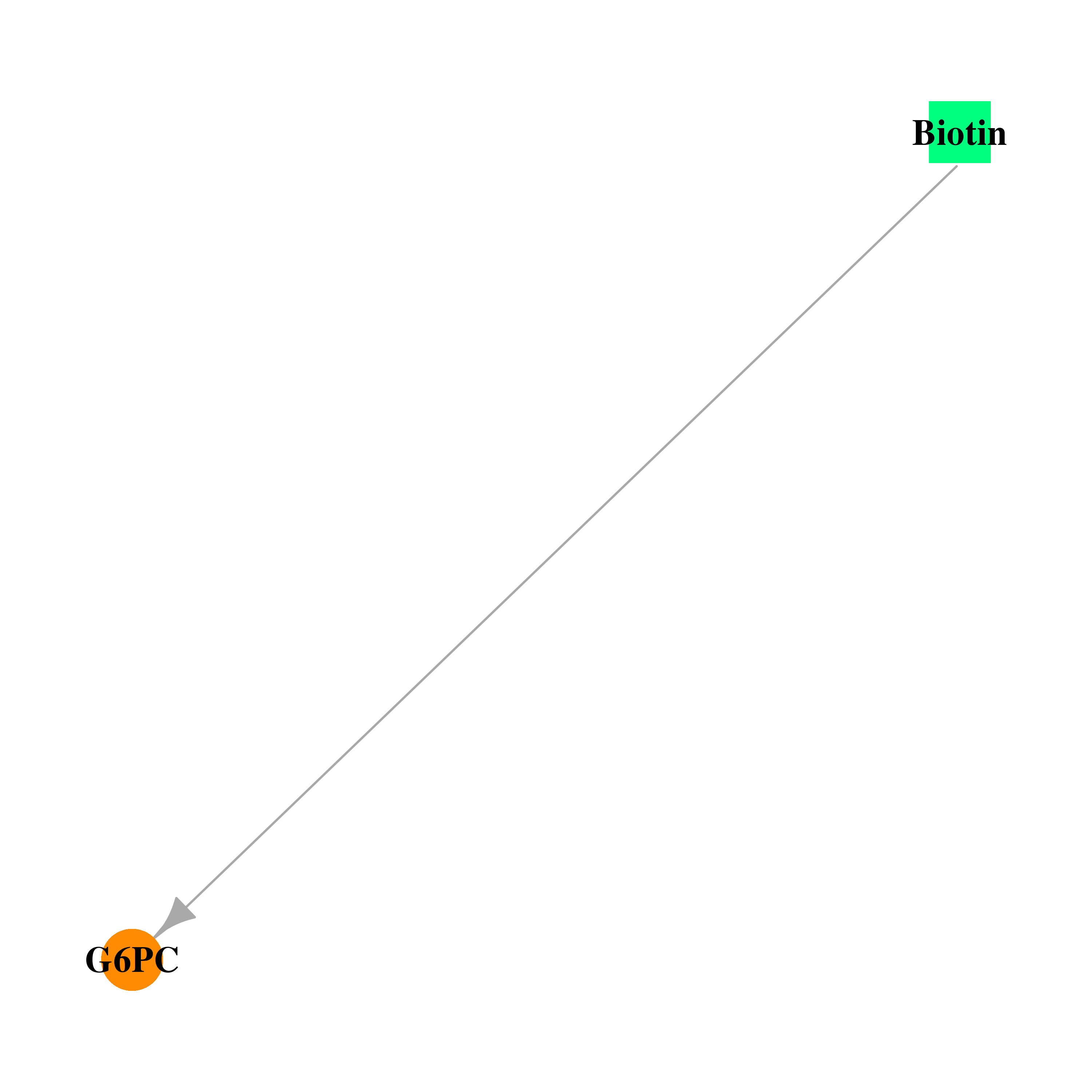 |
| * Drug Centered Interaction Network. |
| DrugBank ID | Target Name | Drug Groups | Generic Name | Drug Centered Network | Drug Structure |
| DB00121 | glucose-6-phosphatase, catalytic subunit | approved; nutraceutical | Biotin | 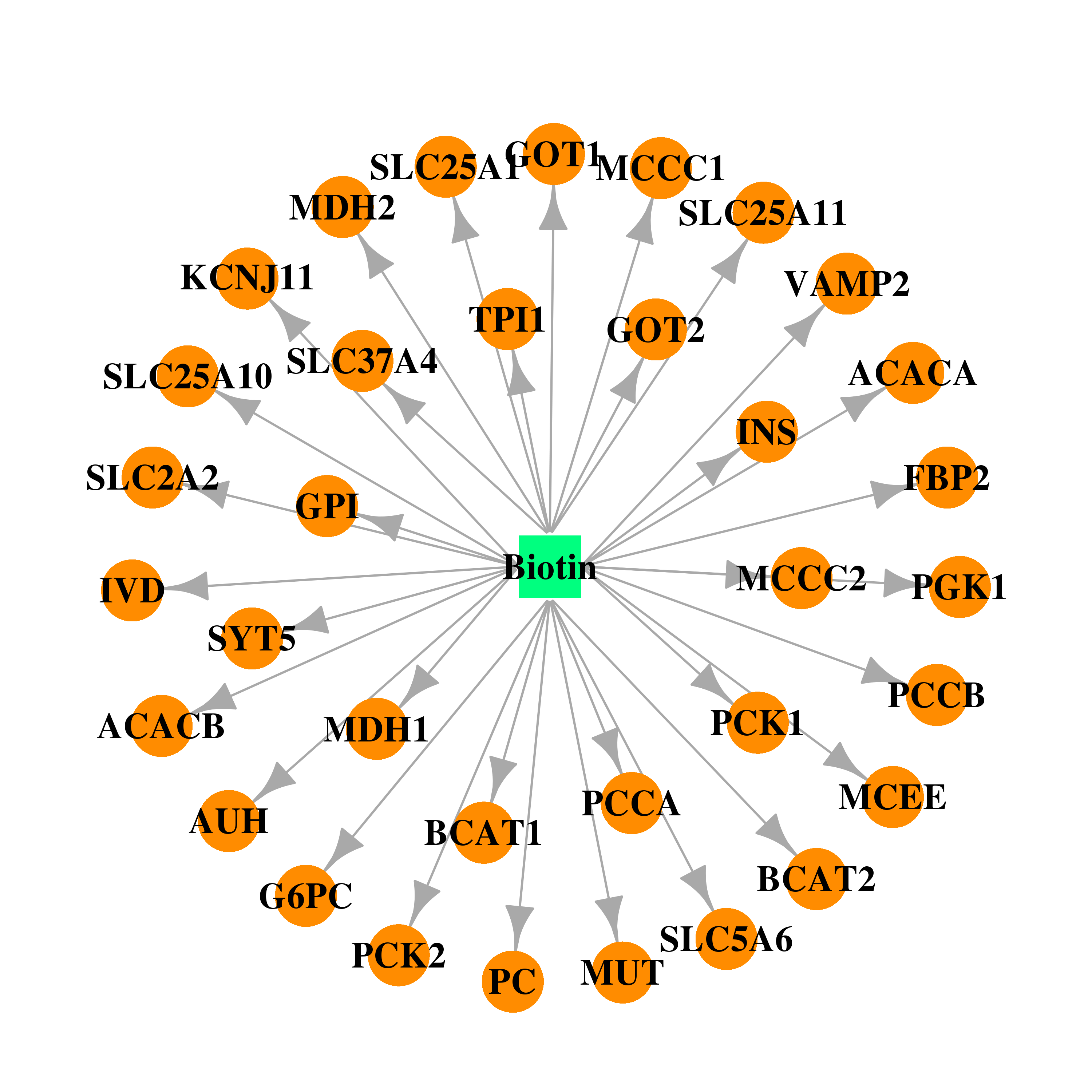 | 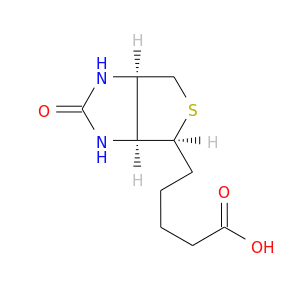 |
| Top |
| Cross referenced IDs for G6PC |
| * We obtained these cross-references from Uniprot database. It covers 150 different DBs, 18 categories. http://www.uniprot.org/help/cross_references_section |
: Open all cross reference information
|
Copyright © 2016-Present - The Univsersity of Texas Health Science Center at Houston @ |






